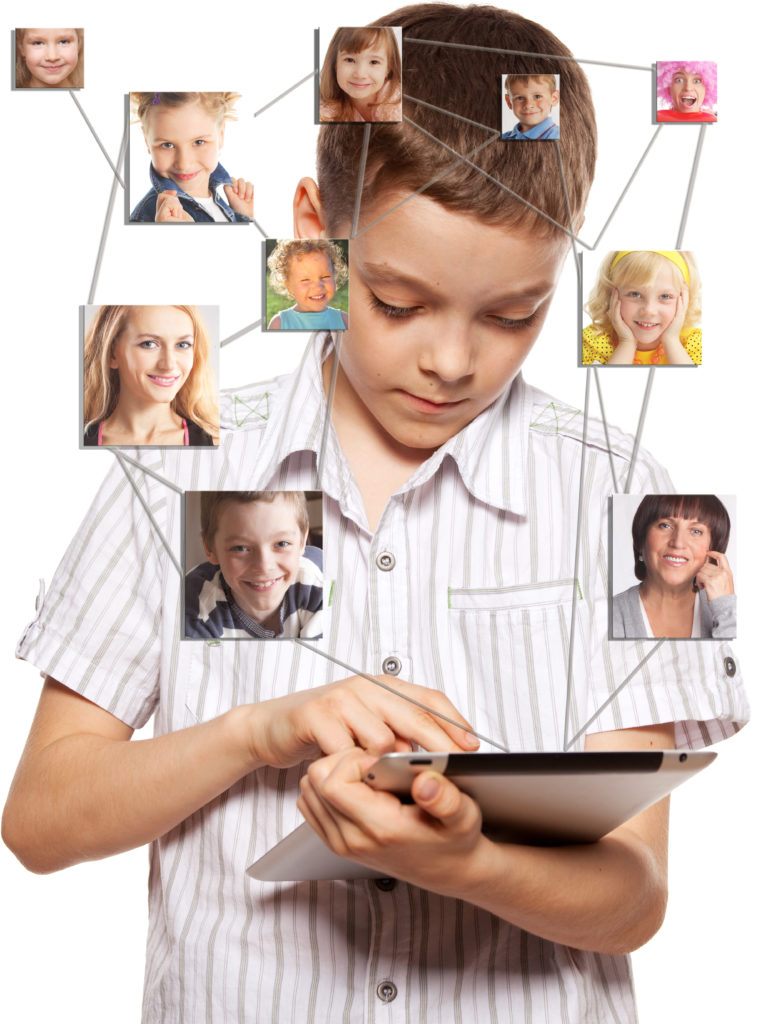What Parents Want to Know about Bilingualism
It’s generally recognized that most people across the globe are bilingual or multilingual and use 2 or more languages or dialects in everyday life. And the diversity of bilinguals within multicultural societies continues to grow. Beyond sharing fascinating facts about how this came to be (Bilingualism’s Best Kept Secret), Prof. Grosjean addresses 11 of the most frequently asked questions by parents and carers (collated by Corey Heller, founder of Multilingual Living). Here they are below with bullet point summary answers (but please feel free to click on the link for the original, full article):
(Also published in The Bilingual Family Newsletter, 2009, 26(4), 1-6.)
How can one tell if children are getting enough exposure to each language?
- Since there is no good measure of ‘enough’, maximize and balance input, aiming for a daily basis especially for children to be able to use, not just understand, languages
- Interaction with people is better than just watching TV or DVDs
- Ensure there are monolingual situations for each language where children have to use the same language (and cannot code-switch)
Which is the “best” method for helping children become bilingual (e.g. one parent – one language, the minority language at home, etc.)?
- Prof Grosjean prefers and recommends minority language at home: Although one of the parents has to speak their second (or third) language, and the language will need to be reinforced by other people to give it a strong base, the majority (community/school) language has less problem finding its place; the weaker language (the home language) will receive much more input than if only one parent uses it, and it can be easier for the child to associate one language at home, another outside.
- However, each method has its pros and cons and the effectiveness will depend on the child, parents, local circumstances, etc.
Is it all right to change from one method to another or one language to another in the home?
- Changes in circumstances may require changes in method but the genuine, communicative need for both languages is fundamental to ensure their continued use (not just a ‘need’ imposed by parents!)
- If children are old enough, discussing changes in strategy with them can help transition
What does research say, in layman’s terms, about the benefits of bilingualism / multilingualism over monolingualism?
- More recent studies suggest bilinguals outperform monolinguals in certain tasks, for example, involving selective control; they perform just as well with analysis of representations; and sometimes do less well in monolingual vocabulary tests (where their other language may be dominant)
- Prof. Grosjean warns people to be wary of older studies due to lack of control factors
Is it all right to raise a child in a non-native language, even if parents don’t speak the language absolutely perfectly (but well enough) and they don’t have a perfect native accent (but it is good enough)?
- Again, having a genuine need to use the languages is key, together with supporting factors, such as the amount and type of input (as mentioned above)
Are there specific golden rules that every family should follow about raising children in more than one language?
- Although every family and situation is different, Prof. Grosjean first highlights the value of understanding the factors that promote additional language acquisition, emphazing ‘the need factor’, language input, the roles of the family, school and community, as well as attitudes towards the language, the culture, and bilingualism. Again, Prof. Grosjean points out the importance of monolingual situations to facilitate genuine communicative need.
- Support for parents and children to understand what it means to be bi-/multilingual as well as bi-/multicultural is also invaluable and often key to ensuring the process is mostly a positive experience, despite the inevitable challenges
Is it worth it for a spouse to speak his/her language even if they are only with the child a little bit of the time?
- Even if exposure is limited, some is better than none, and one never knows what role a language may play in the child’s future
How should one deal with more than two languages in the family and how can one add an additional language to an already bilingual household?
- Once again, Prof. Grosjean stresses ‘the need factor’ and setting up monolingual situations for each language
What will happen to the children’s bilingualism when they start going to school in the community language?
- The community language will likely become the dominant language
- Children may try to use it exclusively with their parents, especially from around 6 years old until their early teens, often so as not to feel ‘different’
What should be done when children have been diagnosed with a speech impediment and they are told that their bilingualism / multilingualism is the cause? Is it all right to go against what the speech therapist / school therapist may say and still speak a native language at home?
- “Bilingualism researcher and speech therapist, Susanne Döpke, states clearly that bilingualism is not the cause of language delay and language disorders”
- Moreover, “…discontinuing the home language is not going to improve the bilingual child’s abilities in the majority (school) language; on the contrary, it may have other prejudicial consequences”
What about cultural issues such as bilingual children assimilating into the community while also retaining their connection to the parents’ cultures?
- Being mindful of what it means to be bicultural and how that affects children’s sense of identity is important
- Some children reject one language/cultural identity over the other, and a few reject both, but most seem to eventually accept both to varying degrees and, “…biculturals who are allowed to be who they are, and who accept their dual heritage, are invaluable members of society who bridge the gap between the cultures they belong to”
As parents, we not only find ourselves thinking about questions such as the ones above, but also need to focus on the day-to-day practicalities and longer term. Our earlier blog entry, How to Raise a Bilingual Child, covers a number of key points in brief, from starting as early as possible with a consistent language policy (e.g. One Parent One Language or Minority Language At Home) to understanding individual differences and development, the critical period, and what motivates you as well as your child.
Fortunately, whatever your situation these days, there is a wealth of resources and support online, as well as an increasing number of multicultural communities and grassroots movements. For example, Multilingual Living, offers an excellent advice from getting started and teaching at home to being a non-native and addressing common problems. And for me, trying to raise our kids tri-lingually/culturally and not sure where we may go in the world, one thing that particularly stands out about Dino Lingo is that it’s actually much more than a bilingual site due to all the multilingual options.
Authored by: Philip Shigeo Brown
More about Dino Lingo learning sets for bilingual children

Online lessons for kids: dinolingo.com




